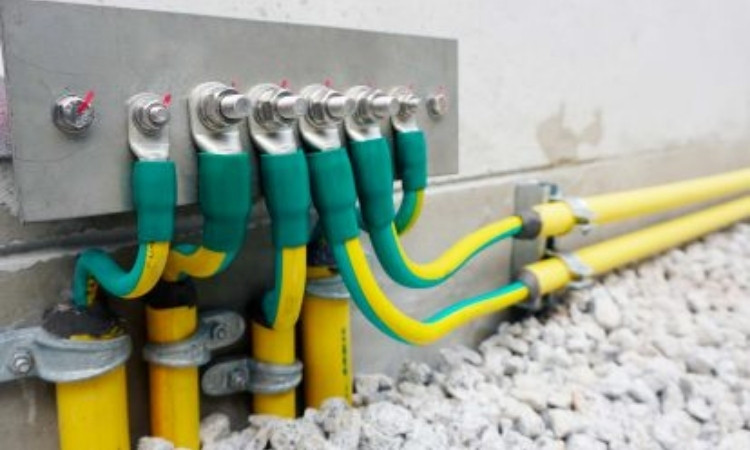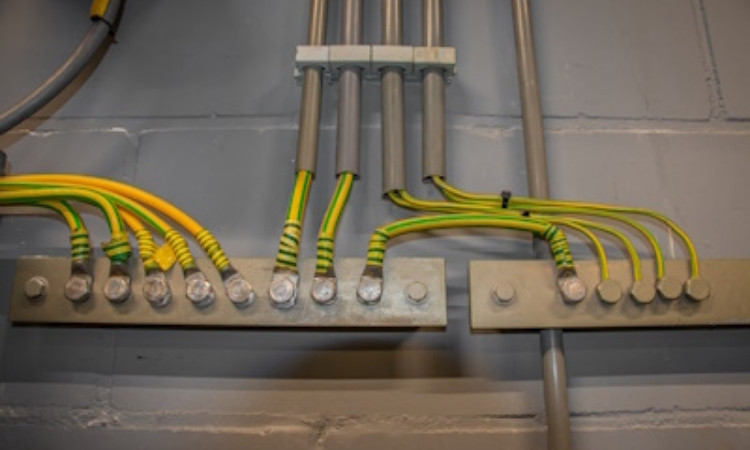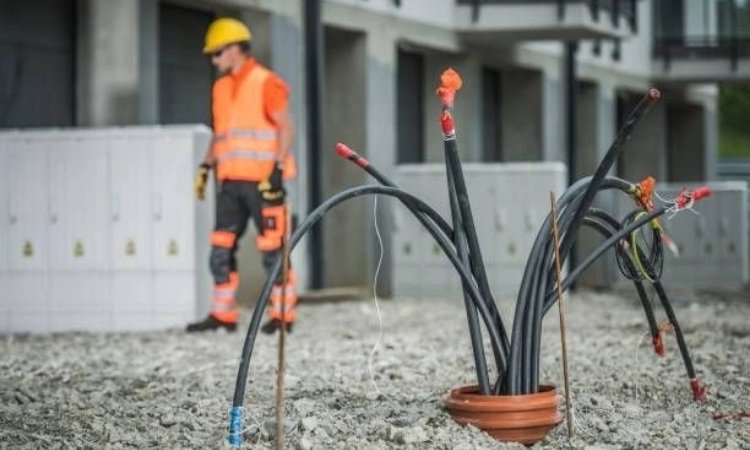Ever worried about electrical hazards in your home? Let’s talk about how to Install An Electrical Earthing System to keep your family and appliances safe in Singapore. This isn’t just about meeting rules. It’s about peace of mind. An earthing system protects you from shocks, saves your gadgets, and prevents fires, especially in Singapore’s stormy weather.
In this 1200-word guide, I’ll walk you through Installing An Electrical Earthing System with simple steps, a friendly tone, and tips tailored for Singapore homeowners. Ready to make your home safer?
Let’s dive in! Moreover, the LS Electrician Servicing Singapore detailed process is a guide on this matter. Let’s also not forget their efficient services in power socket installation, distribution box installation, and switch installation domains.
Why You Need an Earthing System
An earthing system links your home electrical system with the ground. It is like a superhero that redirects risky electricity to the ground. Without it, you would be getting a shock, damaging your air conditioner, or even having a fire.
In Singapore, thunderstorms are prevalent, and therefore, Installing An Electrical Earthing System is a necessity. It’s also required by the Singapore Standard SS 638:2018 to keep your home safe and legal.
Here’s why it’s a game-changer:
- No Shocks: It keeps you safe from electric jolts.
- Saves Appliances: Your fridge and TV stay protected from surges.
- Fire Safety: It lowers the chance of electrical fires.
- Lightning Shield: It guides lightning safely away from your home.
What You’ll Need to Install An Electrical Earthing in a House
Before you start to Install An Electrical Earthing in a House, grab these tools and materials. Singapore’s humid climate means you need durable, rust-proof stuff. Here’s your shopping list:
- Copper Rod or Plate: A 1.2-meter rod or 600×600 mm plate for grounding.
- Copper Wire: A thick, low-resistance wire (6mm² or bigger).
- Earthing Clamp: To connect the wire to the rod or plate.
- GI Pipe: A 2.5-meter, 38mm pipe for pipe earthing, if needed.
- Charcoal and Salt: To boost soil conductivity in dry areas.
- Spade and Shovel: For digging the earthing pit.
- Multimeter: To test if the system works.
- Pliers and Spanner: For tightening connections.
- Watering Can: To keep the pit moist.
Check local stores like Axis Electricals for Singapore-approved materials. Don’t skimp on quality, as it’s your home’s safety!

Easy Steps to Install An Electrical Earthing in a House Singapore
Ready to Install An Electrical Earthing System? Follow these simple steps. In Singapore, a Licensed Electrical Worker (LEW) must handle or approve electrical work. And in case you are not trained, you’d better call a professional electrician and avoid trouble. This is how you can do it:
Step 1: Plan Your Setup
Examine the electrical system in your house. Choose a location for the earthing pit that will not interfere with pipes or cables. Check the soil to see whether it is a good conductor of electricity. In Singapore, a rocky soil may require additional assistance, such as chemical earthing. Dig a hole 2.5–3 metres deep for best results.
Step 2: Dig the Pit
Grab your spade and shovel. Dig a pit about 2.5–3 meters deep and 0.5 meters wide. For a plate electrode, make it 1×1 meters. Keep the spot safe from kids or pets but easy to check later.
Step 3: Set Up the Electrode
Now, for the Electrical Earthing System Installation, choose your electrode:
- Rod Earthing: Hammer a copper rod (1.2–1.5 meters) straight into the pit.
- Plate Earthing: Place a copper or GI plate (600×600 mm) 2.5 meters deep. Add bolts for the wire.
- Pipe Earthing: Use a perforated GI pipe (38mm, 2.5m). Holes let moisture improve conductivity.
Got rocky soil? Try strip earthing with copper strips (25mm x 4mm) laid 0.5 meters deep.
Step 4: Boost Conductivity
In case your soil is dry, apply layers of charcoal and salt to a depth of 1.2 meters. They retain moisture, which makes the system more efficient. Pour water into the pit every now and then, particularly during the dry months in Singapore.
Step 5: Connect the Wire
Connect the copper wire to the electrode by using an earthing clamp. You can screw it in with pliers and a spanner. Take the wire into your home distribution box, and attach it to the earth connection. Protect the wire against damage.
Step 6: Test It Out
Check if it works with a multimeter. Look for low resistance (under 1 ohm). Plug a lamp’s positive wire into the socket’s right hole and the negative into the left. It should glow brightly. Next, connect the negative cable to the earthing port (top hole). If it glows, your earthing is excellent!

Step 7: Cover and Check
Fill in the pit with soil, leaving an access to maintenance. Check it annually for rust or loose wires. Add water in case of dry spells to keep it going.
Singapore’s Rules to Follow
In Singapore, Installing An Electrical Earthing System must follow SS 638:2018. Only a Licensed Electrical Worker can certify it. Breaking rules can mean fines or unsafe wiring. If you live in an HDB flat, talk to building management, as earthing might connect to a shared system.
Wrap-Up
Want to keep your Singapore home safe from electrical mishaps? To Install An Electrical Earthing System is the way to go. Take a few easy measures to prepare the ground by planning, digging, installing the electrode, attaching the wire, and making a test to have a system that shields your family and appliances.
Just ensure that your work is inspected by a Licensed Electrical Worker so that it complies with the stringent Singapore regulations. Here is to a safer, stress-free household!
